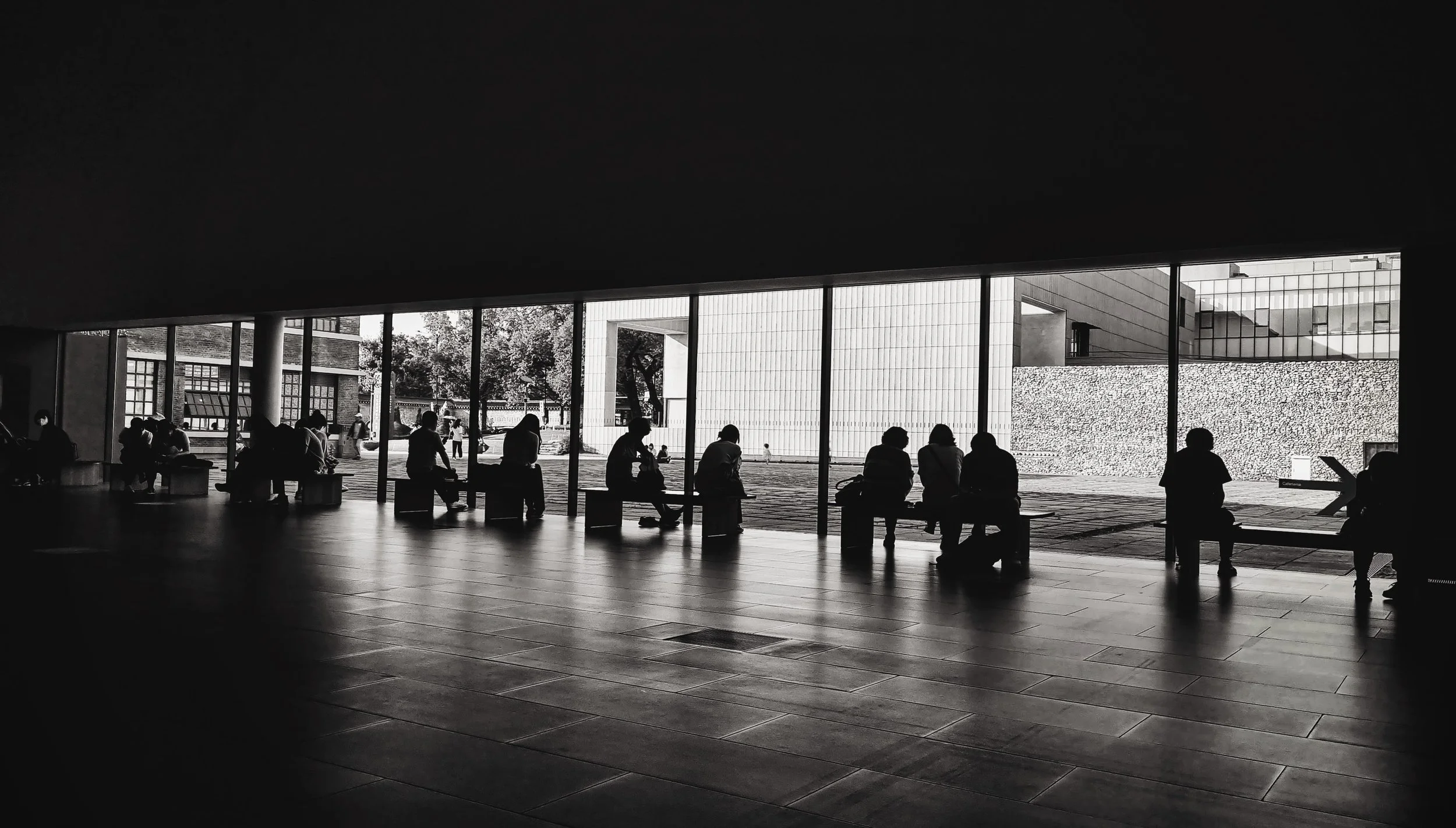“Use your portfolio not just to show what you’ve made, but to communicate how you think.”
- Dabinn Kim, accepted to University of Cambridge (Architecture).
Meet Dabinn Kim. One of my students whose portfolio journey led to offers from the University of Cambridge (Architecture), Bath University, The University of Manchester, and the University of Sheffield .
Working closely with Dabinn, I saw her transform challenges into opportunities through creativity, reflection, and resilience. Her story shows how the right strategy and mentorship can help students stand out to the world’s top universities.
Portfolio Highlights














Inspired by Dabinn’s journey?
“Mr Hickey [Dan] is a legend. His belief in me and his constant support gave me the confidence to try ambitious projects that shaped me as an artist. No idea ever felt too big, and he always found a way to make it happen.”
- Dabinn Kim
Interview with Dabinn
Q: What was the biggest challenge in developing your portfolio?
A: Deciding the hierarchy of works and creating a flow. Balancing quality with clarity was difficult — overcrowding weakens impact.
Q: What was the most valuable part of the process?
A: The reflection. Writing about my work helped me articulate not just what I made, but why I made it. That confidence made all the difference in interviews.
“Failure can actually lead to stronger outcomes if you’re willing to embrace it and stay adaptable.”
Q: Which project shaped your development most?
A: My Slum Skyscraper project. It shattered in the kiln, but I reconstructed it into something stronger. That failure turned into a story of resilience and adaptability that interviewers loved.
Q: What advice would you give your past self?
A: Sometimes less really is more. Let your ideas and skills take centre stage. And always include process work — it often sparks the most meaningful conversations.
Q: What made your portfolio stand out?
A: I consistently linked my work back to architecture, even when it wasn’t obvious. I also wasn’t afraid to share clear opinions about contemporary issues, which interviewers picked up on.
“Sometimes less really is more. Let your ideas and skills take centre stage.”
Connect with Dabinn here:
Frequently Asked Questions
-
Fewer than you think — clarity and narrative matter more than volume.
-
Absolutely. It shows problem-solving, experimentation, and adaptability.
-
No. But frame them in ways that connect to architecture (space, society, memory, people).
-
Very. Clean, simple layouts let your work shine — avoid clutter or overly decorative designs.





